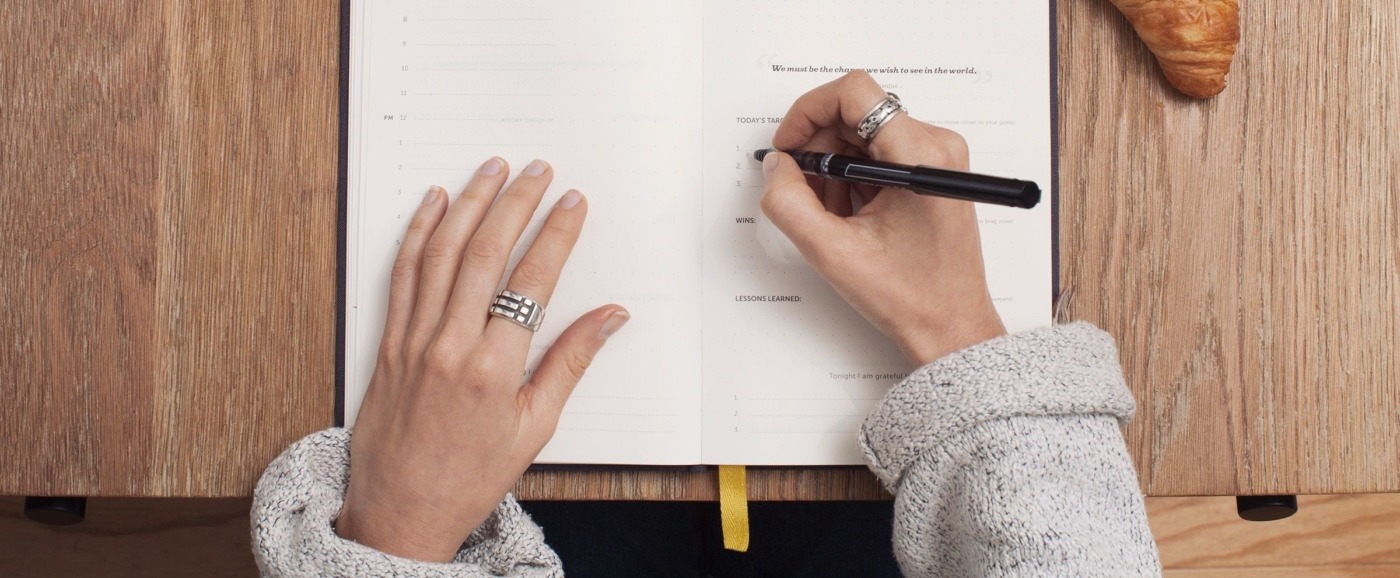What are the best ways to document travel?
When we go travelling, we want to make the memories last, but what’s the best way to do this?
The first method we probably think of is taking photos, whether that’s on our phones or with cameras. With a phone, you can easily share photos afterwards and edit. However, cameras do tend to produce better quality photos. With a Polaroid, you can get physical copies of photos almost immediately, the downside of this being the fact that they’re expensive and, if you take a bad photo, the shot is wasted. It’s difficult to deny, though, that there is something very satisfying about this throwback way of documenting travel. In general, photos are a good way of documenting your travels if you’re not particularly keen on writing or don’t have much time – after all, they say that a picture is worth a thousand words. Sometimes, there are moments that need to be visually captured, where no words can do them justice.
Another effective method is writing in a journal, as you can record all the details of your travel, including how you felt that day. There’s something very special about writing down your experiences at the end of a day of travelling, or at the end of a trip, reflecting on all the good moments, but maybe also the challenges. Its introspective and therapeutic nature allows you to remove yourself from the rush that can come with travelling. The disadvantage of writing is that it can take up more time, but you could choose to write briefly. You could also jot things down in a small notebook or your phone while travelling, then write a more detailed account later. That way, you’re less likely to forget things, but writing won’t take up too much of your time while travelling. Write down your travelling adventures and, you never know, you might have a book in the making!
‘scroll-culture’ means we keep things short and there’s less chance to give advice and detailed anecdotes
Alternatively, rather than waiting for someone to publish your book, you could share your travel experiences on a travel blog. The advantage of this is that others can learn from your travels, and you can also do the same by interacting with readers. Blogs also allow for the incorporation of text, photos, videos and drawings, too, for those who like pencil and pens more than a camera. This multimedia way of recording your travels is a great alternative to Instagram and Snapchat, where ‘scroll-culture’ means we keep things short and there’s less chance to give advice and detailed anecdotes.
Another way of sharing your travels is through vlogging. The benefit of this popular method is that you can record an experience more fully, to capture the atmosphere, visually and aurally. However, the downside is that it may not always be possible to film, maybe because it’s too noisy or too busy to be holding a camera. Some places may also not allow for vlogging, for example, in a temple. Additionally, it may detract from the actual experience if you become too focused on filming it, getting the right angles and lighting.
Similar to a journal, you could make a scrapbook, as they are the perfect non-digital way of combining both writing and photos (or drawings). You don’t have to worry about being super artsy as there are lots of ideas and templates online. A scrapbook can be as simple or as fancy as you want. It’s also up to you how you want to balance words with pictures. Scrapbooking obviously requires a lot of time and is a task to do after your travels, rather than during, but will be something to treasure in years to come.
Time capsules are great to do with your travel companions
Time capsules are another nice way of ‘immortalising’ an experience, as you have physical tokens from your travels which can evoke memories more strongly. You are also allotting yourself a time in the future to reflect and reminisce on your travels. In your time capsule, you could put tickets, shells from a beach, and maybe, if possible, even leave the capsule at each travel stop. A great way to do this while engaging with other travellers is through geocaching. This is when you hide your time capsule somewhere, record the destination of it on the geocaching app, add a clue so that others can find it, take an item and then replace it with something else. This might be a souvenir, or maybe a recommendation of a restaurant you enjoyed nearby, for example. Time capsules are great to do with your travel companions. If you are travelling in a group, it also creates the opportunity for a future meet-up – maybe another trip, in fact!
Finally, a slightly more unconventional method of recording your travels is compiling a playlist of songs. Simply pick songs that you listened to on the road (or in the air, if you travelled by plane), songs that you heard in the different places you went to, or songs that just remind you of your trip. Listening to your nostalgic playlist is sure to teleport you back to your travels.
What is your favourite way to document your travels?

Comments (1)